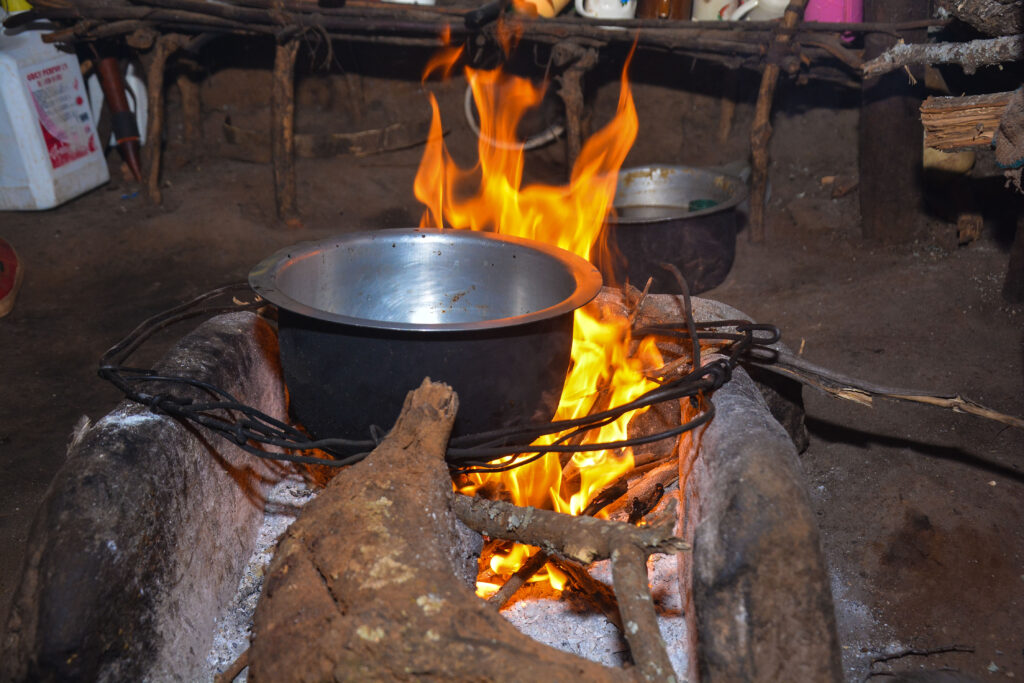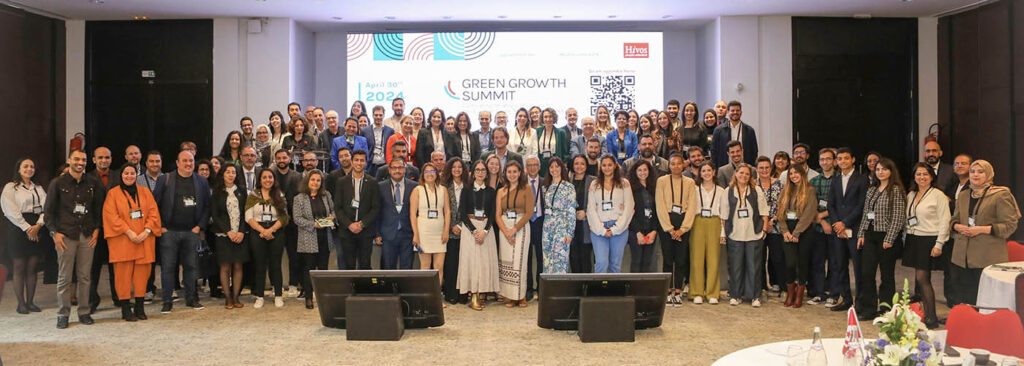With growing evidence suggesting that exposure to air pollution significantly increases the risk of being infected by (and dying of) COVID-19, access to clean cooking is more critical than ever. Emerging trends show that households are regressing by switching from clean (Liquid Petroleum Gas (LPG), electricity) to dirty cooking fuels (such as kerosene, firewood and charcoal), as affordability and accessibility are increasingly challenging amidst the pandemic. The effects are much worse among low-income households, and in particular, for women and young children.
Such trends should be considered alarming for a country like Kenya, where access to clean cooking has been a challenge long before the pandemic. The Kenya Household Cooking Sector Study 2019 found that 64.7% (8.1 million) of households still used wood as their primary cooking fuel, followed by LPG at 19%, charcoal at 10% and electricity at 3%. However, rural Kenya is worse off with 93% of rural households using wood fuel as their primary fuel. This has a huge impact, as the disease burden attributable to Household Air Pollution (HAP) in Kenya stands at 49% (21,560 deaths) of mostly women and children annually. Additionally, the excessive use of charcoal and firewood has resulted in increased deforestation. This is costing the country an annual loss of 10.3 million metric tonnes of wood, and continues to exacerbate the adverse impacts of climate change.
Various lockdown and containment strategies have been implemented as part of Kenya’s COVID-19 response which has had a significant impact on household incomes, in particular hitting those in the informal sector, or working on a casual basis the hardest. Declining incomes mean that for many, paying for clean cooking solutions is no longer possible. While the price of LPG has not varied much during this time, the ability to buy kerosene or charcoal in smaller amounts has made it more affordable for income-vulnerable households. Firewood use also increased as this is usually a non-monetised fuel, in particular at household level.

The dynamics of cooking fuel choices are quite complex in urban Kenyan households. In particular, the practice of fuel stacking – which is the use of multiple fuels and stoves in a household – is a common phenomenon. During the lockdown, increased household sizes due to people staying home increased household energy needs. Such pressures mounted even faster on low-income households, whose incomes would have been disrupted during the pandemic. This increase, especially in informal settlements, where the use of dirty cooking fuels is dominant, also increased the exposure (mainly of women and children) to indoor air pollution. Access to clean cooking is a multidimensional challenge, and while affordability remains an issue, addressing this problem is also dependent on simultaneously addressing other socio-economic factors, including issues of gender and vulnerability.
Earlier this year, the President of Kenya assented to the Finance Act, 2020, which now imposes 14% VAT on clean cookstoves (as of July 2020) and LPG (in July 2021). The expected rise in prices is likely to impact vulnerable and marginalised communities the most, which could promote further reverse switching from LPG to dirty cooking fuels.
Moving forward
Policy interventions and COVID-19 response should include access to clean cooking among low-income and vulnerable communities as a priority. Paul Mbuthi, Deputy Director at the Renewable Energy Directorate in the Ministry of Energy emphasises the need to revive PAYGO models for clean cooking technologies, in addition to supporting innovative financing solutions that make clean cooking affordable. Private sector consumer schemes could allow more households to take up clean cooking solutions in the post-COVID-19 era.
Mr. Mbuthi also highlights the fact that some households are unaware of the health risks associated with using polluting cooking fuels such as kerosene and charcoal as a barrier to achieving clean cooking. In addition, consumers from low-income households are often of the perception that clean cooking solutions are only attainable by “rich” households, without considering that their spending on other forms of energy (whether directly or indirectly) tends to be similar to that of middle-high income households. Therefore, creating awareness through more robust campaigns that involve partnering with health clinics to inform consumers about the dangers of using dirty cooking fuels is key. In addition, there is a need to focus on changing consumer perception of renewable energy, particularly the affordability.
Like in many developing countries, clean cooking has been underfunded in Kenya. As growing evidence shows that some private investors are either retracting or delaying their investments in clean cooking, bridging the finance gap will require closing the information gaps, particularly around information about the ability of consumers to pay for clean cooking amidst the pandemic and are best served with solutions with low operating costs. Finally, creating the enabling environment for post-COVID-19 recovery needs to consider how to cushion the impacts of VAT on low-income and marginalised households, and to create consumer credit facilities that put clean cooking technologies within reach of low-income households.
By Maimuna Kabatesi, Project Manager, Hivos and Samsom Mbewe, South South North
Twitter: @munakab




